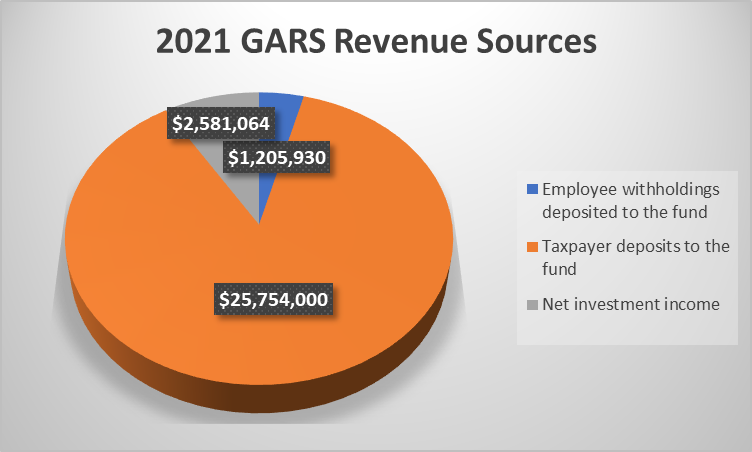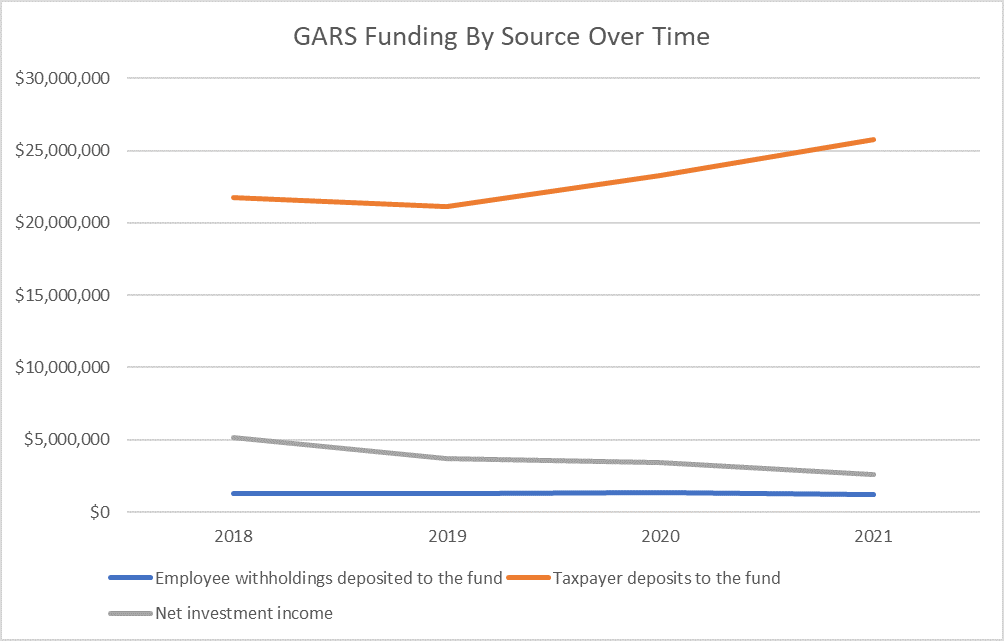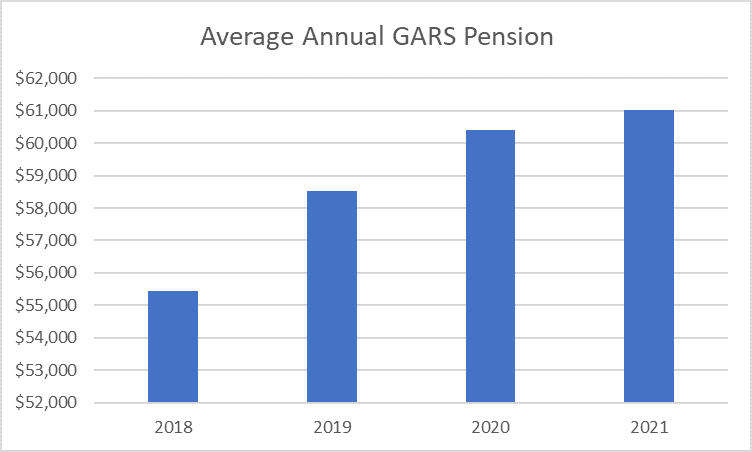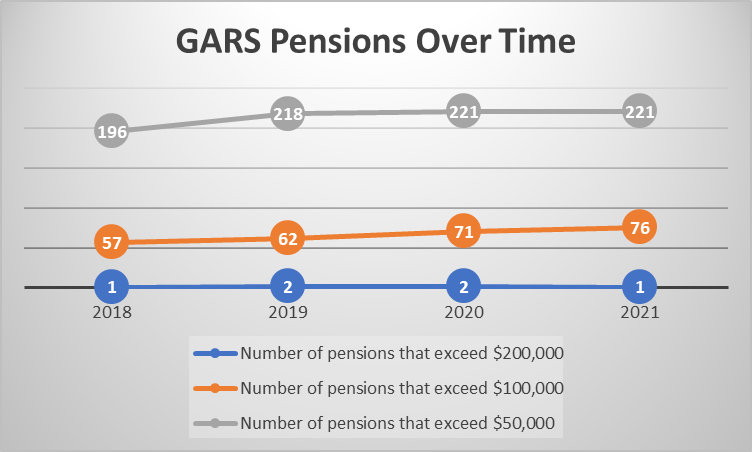“In 1995, Chicago politicians proposed a gigantic boondoggle called The Chicago Central Area Circulator,” said Jim Tobin, economist and president of Taxpayers United of America (TUA). “At that time I had been fighting taxes for 19 years, and the Circulator was the worst boondoggle I had ever seen. The trolley that been proposed was a 10-mile streetcar project featuring 19th-century technology that would have cost taxpayers at least one billion dollars.”
“Our taxpayer organization sponsored and financed a report by a leading transportation expert that showed what a colossal waste of money would occur building this obsolete and unnecessary trolley system in Chicago. The politicians eventually were shamed into pulling the proposal.”
“Now, in 2021, the tax-and-spend politicians, along with their well-connected contractors and unions, are back, and what they propose is an obscene project that is the last thing the bankrupt City of Chicago and State of Illinois need.” The so-called ONE Central Mixed-Use Project, from Landmark Development, is proposed for approximately 32 acres of rail yards between the McCormick Place Convention Center and the Museum Campus on the Near South Side.
The proposal would be anchored by a multi-modal transit hub. It would also include up to 9,050 residential units, 1.5 million square feet of retail uses, 9.45 million square feet of office space, 1.5 million square feet of hotel uses, 350,000 square feet of event space, 3,500 parking stalls and a shopping center, even though there is no clear use for a hub at this location.
The developer of the mega project has proposed nine eventual high-rises planned near Soldier Field while adding green space and improving connections to the Central Station neighborhood on the west. Some towers planned for later stages could be from 60 to 89 stories
“The proposed $20 billion project would include $6.5 billion from state taxpayers,” said Tobin. “This is outrageous. The long-term futures of the City of Chicago and the State of Illinois are extremely bleak, even with federal bailout cash. Illinois taxpayers can’t afford this $20 billion smoke dream.”










